Home>Furniture & Design>Outdoor Furniture>When To Fertilize Outdoor Plants
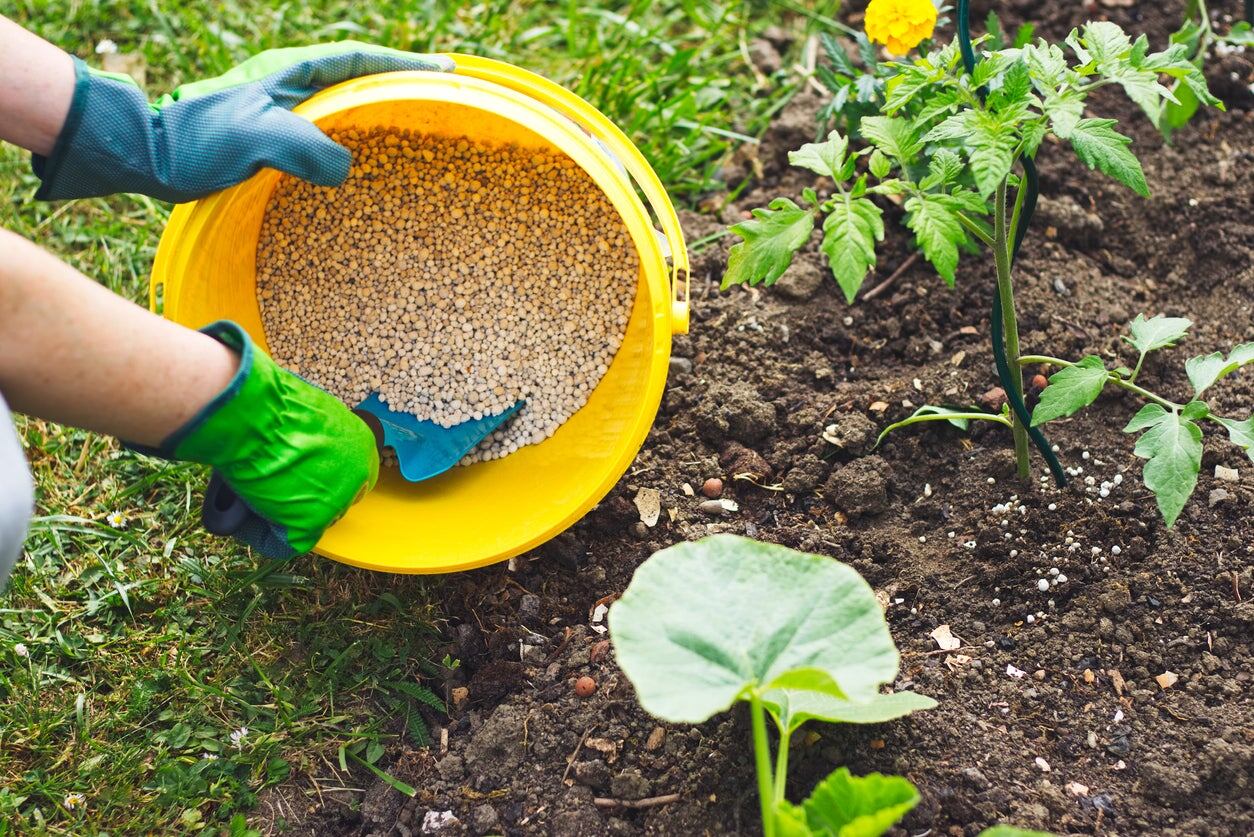

Outdoor Furniture
When To Fertilize Outdoor Plants
Modified: October 19, 2024
Learn when to fertilize outdoor plants to keep your outdoor furniture looking its best. Discover expert tips for outdoor furniture maintenance and design.
(Many of the links in this article redirect to a specific reviewed product. Your purchase of these products through affiliate links helps to generate commission for Storables.com, at no extra cost. Learn more)
Introduction
Fertilizing outdoor plants is a crucial aspect of maintaining a vibrant and healthy garden or landscape. Whether you are nurturing a flourishing flower garden, cultivating a bountiful vegetable patch, or tending to lush shrubs and trees, understanding the optimal timing and methods for fertilization is essential for promoting robust growth and vibrant blooms. By providing essential nutrients to the soil, fertilizers play a pivotal role in bolstering plant health and vitality.
In this comprehensive guide, we will delve into the best practices for fertilizing outdoor plants, including the key factors to consider before fertilizing, the ideal timing for application, the various types of fertilizers suitable for outdoor plants, and the proper techniques for applying them. Whether you are a seasoned gardening enthusiast or a novice with a budding green thumb, this article will equip you with the knowledge and insights to elevate your outdoor space into a thriving oasis of natural beauty.
Let's embark on a journey through the verdant world of outdoor plant fertilization, where we will unravel the secrets to nurturing flourishing flora and creating a picturesque outdoor haven. Whether you are seeking to revitalize a lackluster garden or maintain the splendor of a thriving landscape, the wisdom shared in this guide will serve as a valuable resource in your quest for horticultural success.
Key Takeaways:
- Timing is crucial when fertilizing outdoor plants. Spring kickstarts growth, summer sustains it, and fall prepares for dormancy. Winter is a no-go for fertilization to avoid disrupting plant balance.
- Choose the right fertilizer type for your outdoor plants. Granular, liquid, organic, spike, or soluble fertilizers each offer unique benefits. Consider plant needs and environmental conditions for optimal nourishment.
Read more: When To Feed Outdoor Plants
Factors to Consider Before Fertilizing
Before applying fertilizer to your outdoor plants, it is essential to consider several key factors to ensure that the fertilization process is tailored to meet the specific needs of your plants and the environmental conditions in which they thrive. By taking these factors into account, you can optimize the effectiveness of the fertilization process and promote the overall health and vitality of your outdoor greenery.
- Soil Composition: Understanding the composition of your soil is crucial before fertilizing outdoor plants. Conducting a soil test to assess its pH level and nutrient content will provide valuable insights into which nutrients are lacking and require supplementation through fertilization.
- Plant Type: Different plants have varying nutritional requirements. Consider the specific needs of the plants in your outdoor space to determine the most suitable fertilizer formulation for promoting their growth and blooming potential.
- Environmental Conditions: Take into account the prevailing environmental factors, such as sunlight exposure, temperature, and moisture levels, as these can impact the uptake and utilization of fertilizers by plants. Adapting the fertilization schedule to coincide with optimal environmental conditions can enhance its efficacy.
- Seasonal Considerations: The seasonal cycle directly influences the nutrient demands of outdoor plants. Adjusting the fertilization regimen to align with the unique requirements of each season can maximize the benefits of fertilizers while minimizing potential adverse effects on the plants and surrounding ecosystem.
- Existing Plant Health: Assess the current health status of your outdoor plants before fertilizing. Healthy plants may have different fertilizer needs compared to those exhibiting signs of stress or nutrient deficiencies, necessitating a tailored approach to fertilization.
By carefully evaluating these factors, you can develop a holistic understanding of your outdoor environment and the specific needs of your plants, enabling you to make informed decisions regarding the selection and application of fertilizers. This thoughtful approach will contribute to the sustained vitality and beauty of your outdoor plants, fostering a thriving and picturesque landscape that brings joy and tranquility to your outdoor living space.
Best Time to Fertilize Outdoor Plants
Timing plays a pivotal role in the effectiveness of fertilizing outdoor plants. By aligning the application of fertilizers with the natural growth cycles and seasonal demands of plants, you can maximize the absorption and utilization of essential nutrients, fostering robust growth and abundant blooms. Understanding the best time to fertilize outdoor plants is essential for optimizing the benefits of fertilization while minimizing potential adverse impacts on the plants and surrounding ecosystem.
Spring heralds the awakening of nature, marking an opportune time to kickstart the fertilization regimen for outdoor plants. As plants emerge from dormancy and commence active growth, they exhibit heightened nutrient requirements to fuel their development. Applying a balanced, slow-release fertilizer in early spring provides a nutrient boost that supports vigorous growth and robust root establishment, setting the stage for a season of abundant foliage and blossoms.
During the peak growing season, which typically spans from late spring to early summer, outdoor plants are in a phase of rapid growth and prolific blooming. This period presents an ideal window for supplemental fertilization to sustain the plants’ vitality and promote continuous flowering. Utilizing a fertilizer with a higher concentration of nitrogen during this phase can bolster leafy growth, while formulations rich in phosphorus and potassium support the development of vibrant flowers and sturdy stems.
As the summer transitions into fall, outdoor plants undergo changes in their physiological processes, preparing for dormancy and the onset of winter. Fertilizing in late summer to early fall aids in replenishing essential nutrients depleted during the vigorous growth phase, fortifying the plants for the upcoming dormant period and ensuring their resilience in the face of environmental stressors.
It is important to refrain from fertilizing outdoor plants during the winter months, as the majority of plants enter a state of dormancy or reduced metabolic activity. Fertilizer application during this time can disrupt the natural balance of the plants and lead to nutrient imbalances, potentially compromising their health.
By synchronizing the fertilization schedule with the seasonal dynamics of outdoor plants, you can harness the transformative power of fertilizers to nurture a landscape brimming with vitality and beauty. Adhering to the best timing practices for fertilizing outdoor plants ensures that your green spaces thrive throughout the seasons, exuding a splendor that captivates and delights all who behold them.
Fertilize outdoor plants in the spring when they start actively growing. Use a balanced fertilizer with equal parts nitrogen, phosphorus, and potassium to promote healthy growth. Follow the instructions on the fertilizer package for proper application.
Types of Fertilizers for Outdoor Plants
When it comes to fertilizing outdoor plants, selecting the right type of fertilizer is essential for providing the necessary nutrients to support robust growth, vibrant blooms, and overall plant health. Various types of fertilizers are available, each tailored to meet specific plant needs and environmental conditions. Understanding the characteristics and benefits of different fertilizer formulations empowers gardeners to make informed choices that optimize the nourishment of their outdoor greenery.
1. Granular Fertilizers: This popular type of fertilizer consists of dry, granulated particles that are applied to the soil surface. Granular fertilizers release nutrients gradually, providing a sustained source of nourishment for plants over an extended period. They are available in different formulations, such as balanced (containing equal proportions of nitrogen, phosphorus, and potassium) and specialized blends designed for specific plant types or growth stages.
2. Liquid Fertilizers: Liquid fertilizers are concentrated nutrient solutions that can be diluted with water and applied directly to the soil or sprayed onto plant foliage. They are quickly absorbed by plants, making them an efficient choice for delivering immediate nourishment. Liquid fertilizers are available in various formulations, including balanced, high-nitrogen, and bloom-boosting formulas, catering to different plant requirements.
3. Organic Fertilizers: Derived from natural sources such as compost, manure, bone meal, and seaweed, organic fertilizers offer a sustainable and environmentally friendly approach to nourishing outdoor plants. These fertilizers enrich the soil with organic matter and essential nutrients, fostering long-term soil health and microbial activity. Organic fertilizers contribute to improved soil structure and fertility while promoting the overall well-being of plants and beneficial soil organisms.
4. Spike or Stick Fertilizers: These specialized fertilizers consist of pre-measured spikes or sticks that are inserted into the soil around the plant’s root zone. Spike fertilizers gradually release nutrients into the soil, providing a convenient and targeted approach to fertilizing individual plants, such as trees, shrubs, and potted specimens.
5. Soluble Fertilizers: Soluble fertilizers come in powder or crystalline form and are designed to be dissolved in water before application. They offer a quick and efficient means of delivering a concentrated dose of nutrients to outdoor plants, making them particularly suitable for container plants and instances where rapid nutrient uptake is desired.
By considering the specific needs of your outdoor plants, the prevailing environmental conditions, and your preferred application methods, you can choose the most suitable type of fertilizer to nurture your green spaces. Each type of fertilizer offers distinct advantages, allowing you to tailor your fertilization approach to the unique requirements of your outdoor plants, ultimately fostering a landscape teeming with vitality and natural splendor.
How to Apply Fertilizer to Outdoor Plants
Applying fertilizer to outdoor plants is a fundamental aspect of nurturing their growth and ensuring their overall health and vitality. The method of fertilizer application directly impacts its effectiveness in delivering essential nutrients to the plants while minimizing potential risks to the surrounding environment. By employing appropriate techniques and adhering to best practices, gardeners can optimize the nourishment of their outdoor greenery, fostering lush foliage, vibrant blooms, and robust root development.
1. Soil Incorporation: For granular or powdered fertilizers, evenly distribute the fertilizer over the soil surface around the plants, ensuring that it is applied at the recommended rate. Following this, gently incorporate the fertilizer into the soil using a rake or hand tool, taking care not to disturb the plant’s roots. Water the area thoroughly after application to facilitate the gradual release and absorption of nutrients.
2. Surface Application: When using granular or pelleted fertilizers, apply the recommended amount evenly over the soil surface within the plant’s root zone. Avoid direct contact between the fertilizer and the plant’s stems or foliage to prevent potential burning or damage. Water the area immediately after application to initiate the breakdown and dispersion of the fertilizer into the soil.
3. Foliar Feeding: Liquid fertilizers can be applied directly to the foliage of outdoor plants using a sprayer. Ensure thorough coverage of the leaves, allowing the fertilizer to be absorbed through the plant’s stomata. Foliar feeding is an effective method for providing a quick nutrient boost, particularly in instances where plants exhibit signs of nutrient deficiencies or require immediate nourishment.
4. Root Zone Application: Spike or stick fertilizers are inserted into the soil within the plant’s root zone, following the manufacturer’s guidelines for placement and spacing. This method delivers nutrients directly to the root system, promoting targeted nourishment and fostering strong, healthy root development.
5. Water-Soluble Application: Soluble fertilizers are dissolved in water according to the specified dilution ratio and applied directly to the soil around the plants. Thoroughly saturate the root zone with the diluted fertilizer solution, allowing for efficient uptake by the plant’s roots. Water-soluble fertilizers provide a rapid and uniform distribution of nutrients, supporting robust growth and blooming.
Regardless of the application method chosen, it is essential to follow the manufacturer’s instructions regarding the recommended dosage, frequency of application, and any specific guidelines pertaining to individual fertilizer formulations. By applying fertilizers judiciously and with care, gardeners can harness the transformative power of these essential nutrients, nurturing a landscape resplendent with flourishing plants and natural beauty.
Read more: When Will Outdoor Plants Start Budding
Conclusion
Embarking on the journey of fertilizing outdoor plants unveils a world of possibilities for nurturing thriving green spaces and creating a picturesque outdoor haven. By considering the essential factors that influence the fertilization process, such as soil composition, plant type, environmental conditions, seasonal dynamics, and existing plant health, gardeners can craft a tailored approach to fertilization that optimally supports the vitality and beauty of their outdoor plants.
Understanding the best timing for fertilizing outdoor plants is paramount, as it aligns the application of fertilizers with the natural growth cycles and seasonal demands of plants. By embracing the unique opportunities presented by each season, from the rejuvenating onset of spring to the preparatory transition into winter dormancy, gardeners can orchestrate a fertilization regimen that sustains the health and vibrancy of their outdoor greenery throughout the year.
Exploring the diverse types of fertilizers available for outdoor plants empowers gardeners to select the most suitable formulations to meet the specific needs of their plants and environmental conditions. Whether opting for granular, liquid, organic, spike, or soluble fertilizers, each type offers distinct advantages, contributing to the nourishment and well-being of outdoor plants while fostering long-term soil health and fertility.
Applying fertilizers to outdoor plants with care and precision ensures the efficient delivery of essential nutrients to the plants, promoting robust growth, vibrant blooms, and resilient root development. By incorporating fertilizers into the soil, applying them to the plant’s root zone, or utilizing foliar feeding methods, gardeners can optimize the effectiveness of fertilization while minimizing potential risks to the plants and surrounding ecosystem.
As gardeners embrace the art and science of fertilizing outdoor plants, they embark on a transformative journey that enriches their outdoor spaces with lush foliage, captivating blooms, and an enduring sense of natural splendor. By nurturing a landscape teeming with vitality and beauty, they create an environment that beckons with tranquility and inspires a profound connection to the wonders of nature.
With the wisdom shared in this guide, gardeners are equipped to embark on a horticultural odyssey, where the transformative potential of fertilizers converges with the nurturing care of dedicated gardeners, yielding a landscape resplendent with the vibrant hues and exquisite forms of flourishing outdoor plants.
Frequently Asked Questions about When To Fertilize Outdoor Plants
Was this page helpful?
At Storables.com, we guarantee accurate and reliable information. Our content, validated by Expert Board Contributors, is crafted following stringent Editorial Policies. We're committed to providing you with well-researched, expert-backed insights for all your informational needs.
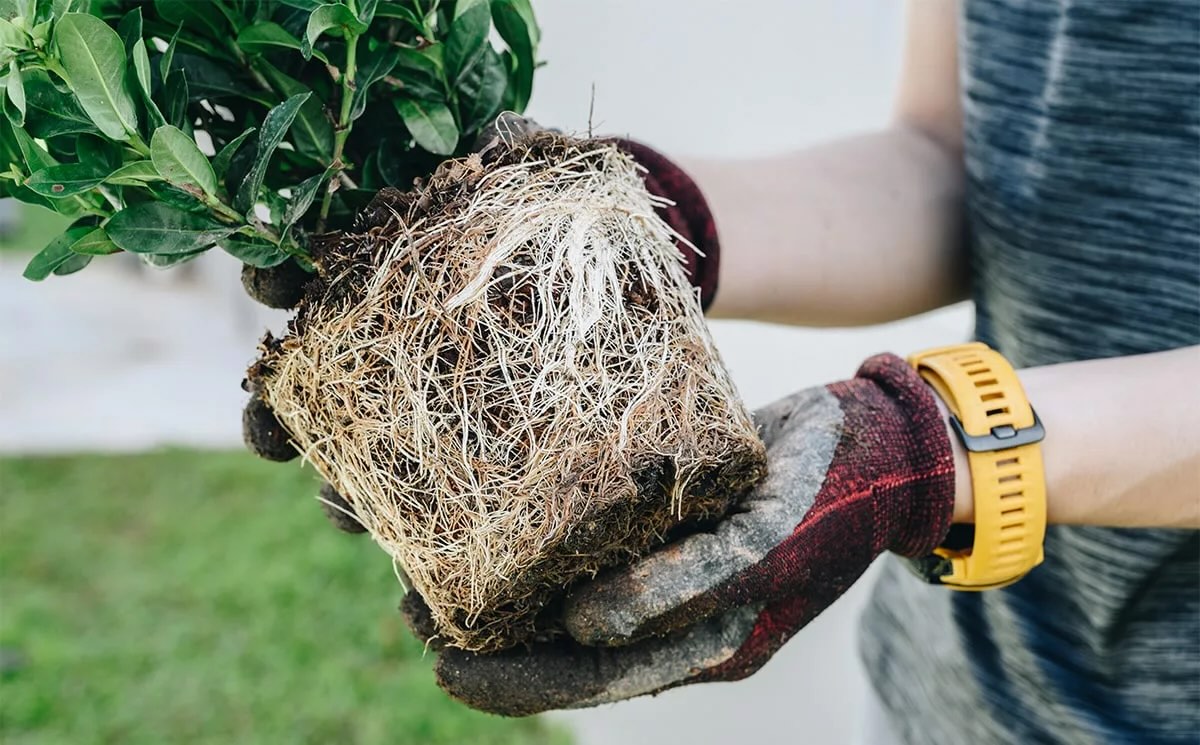
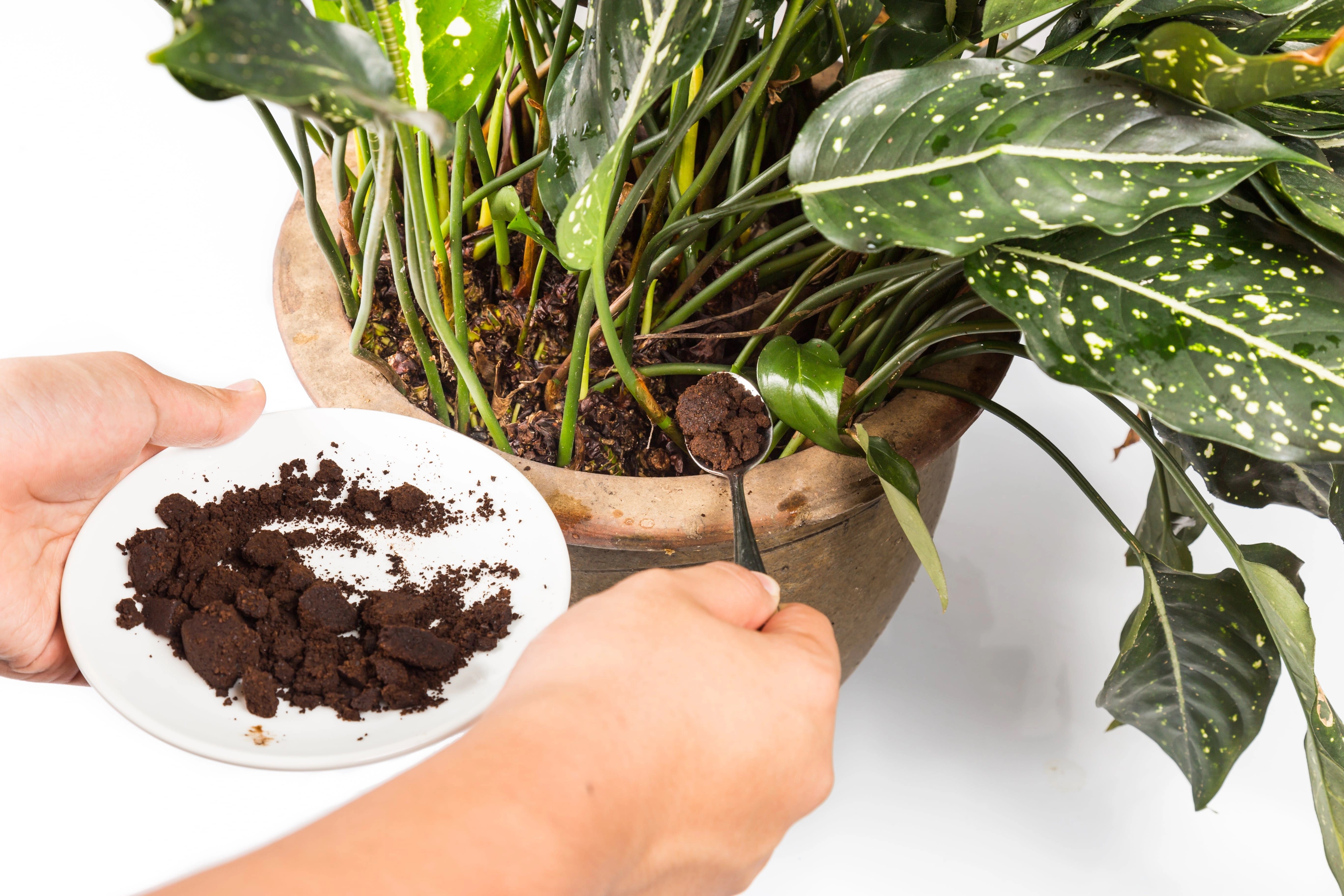
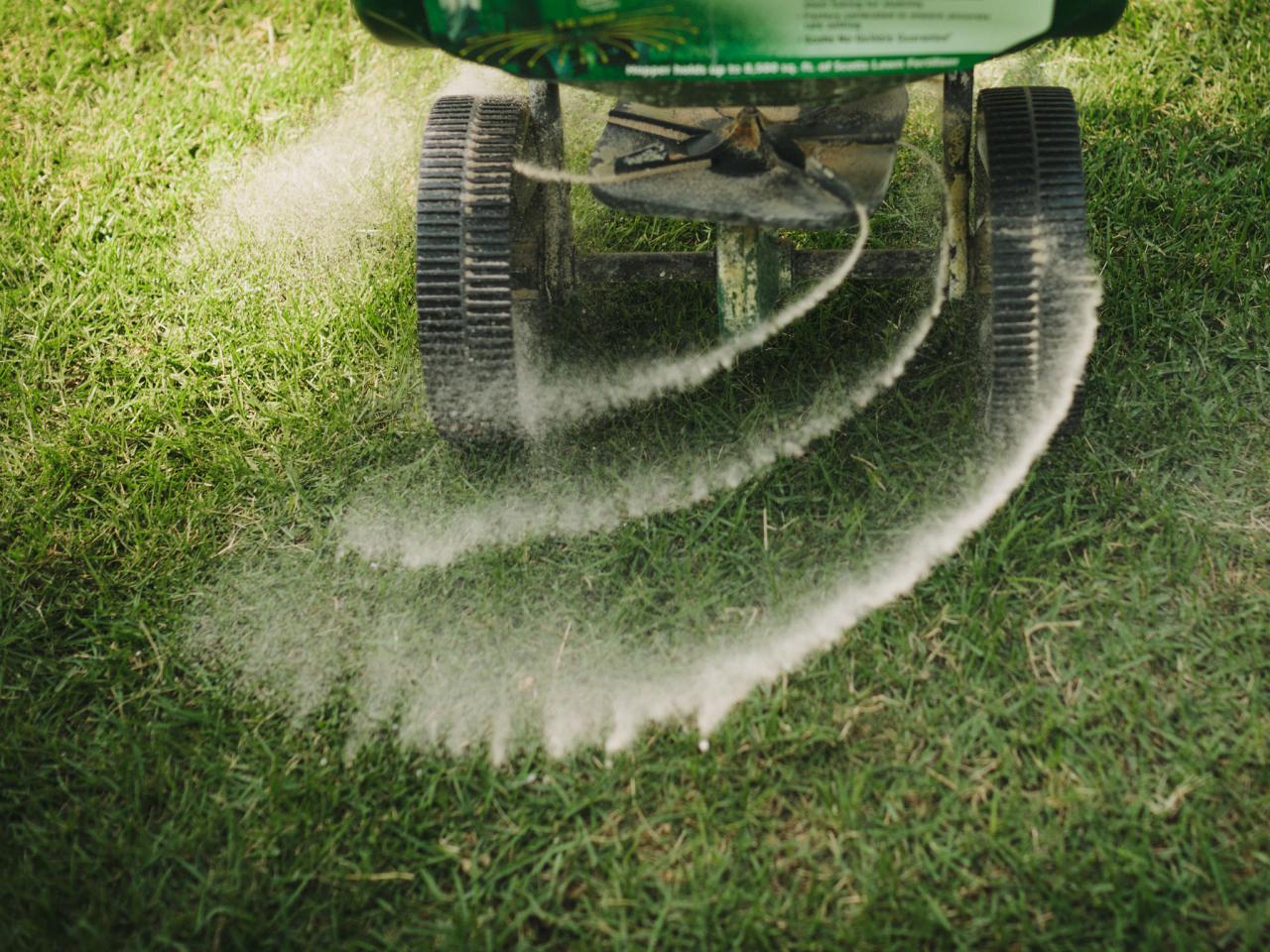
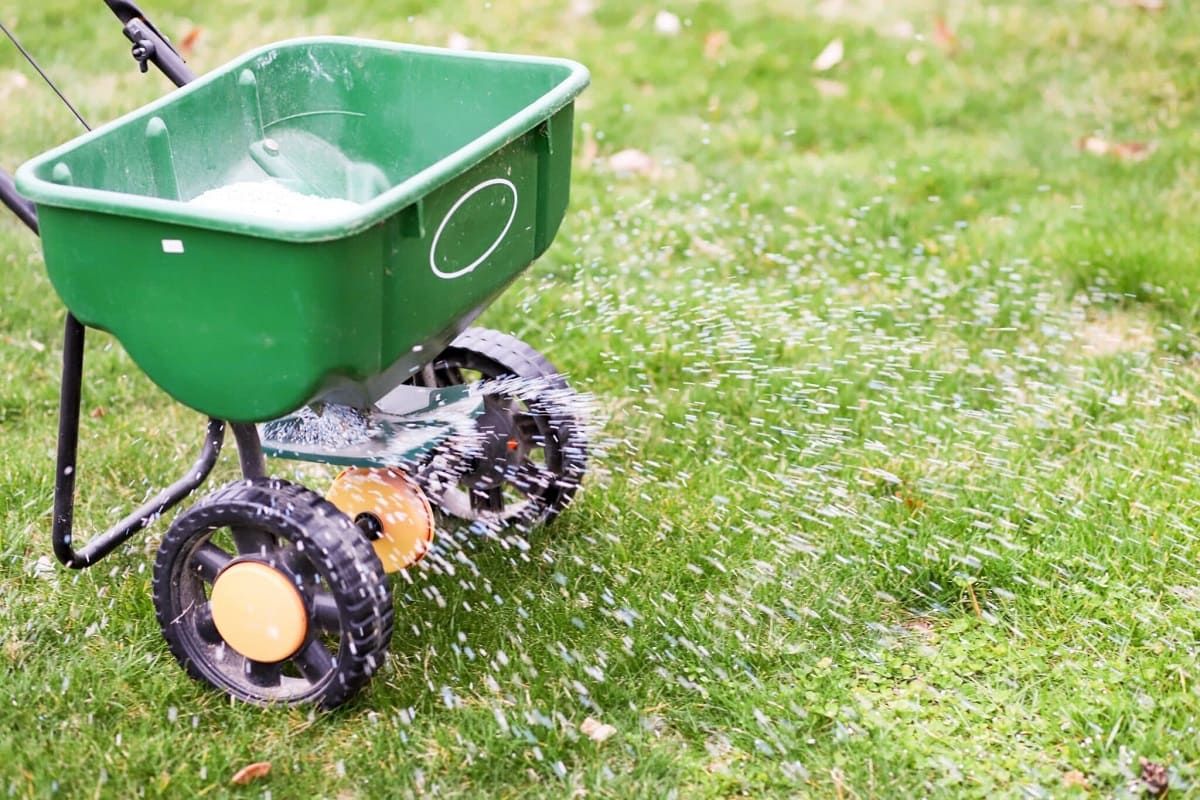

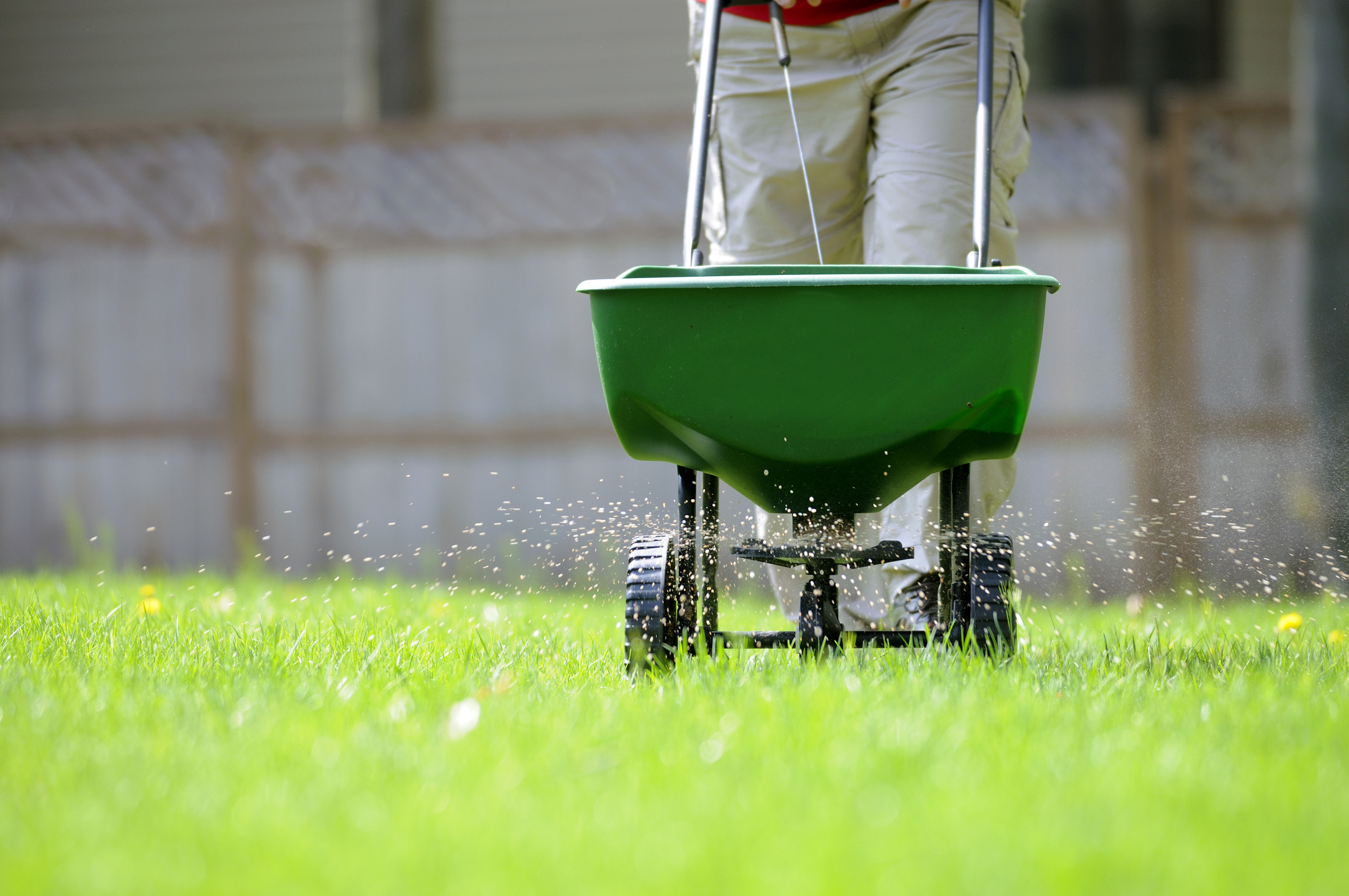
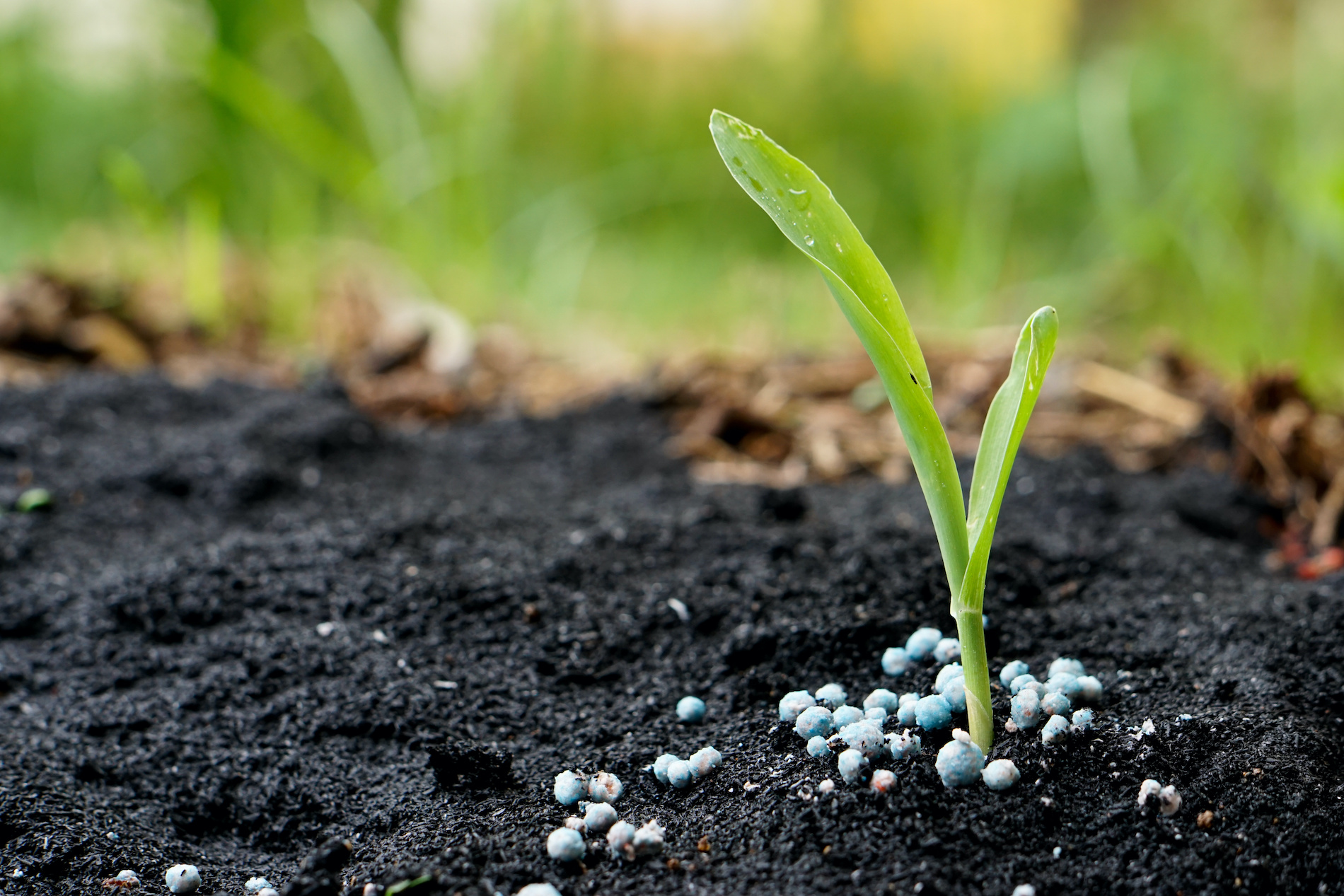
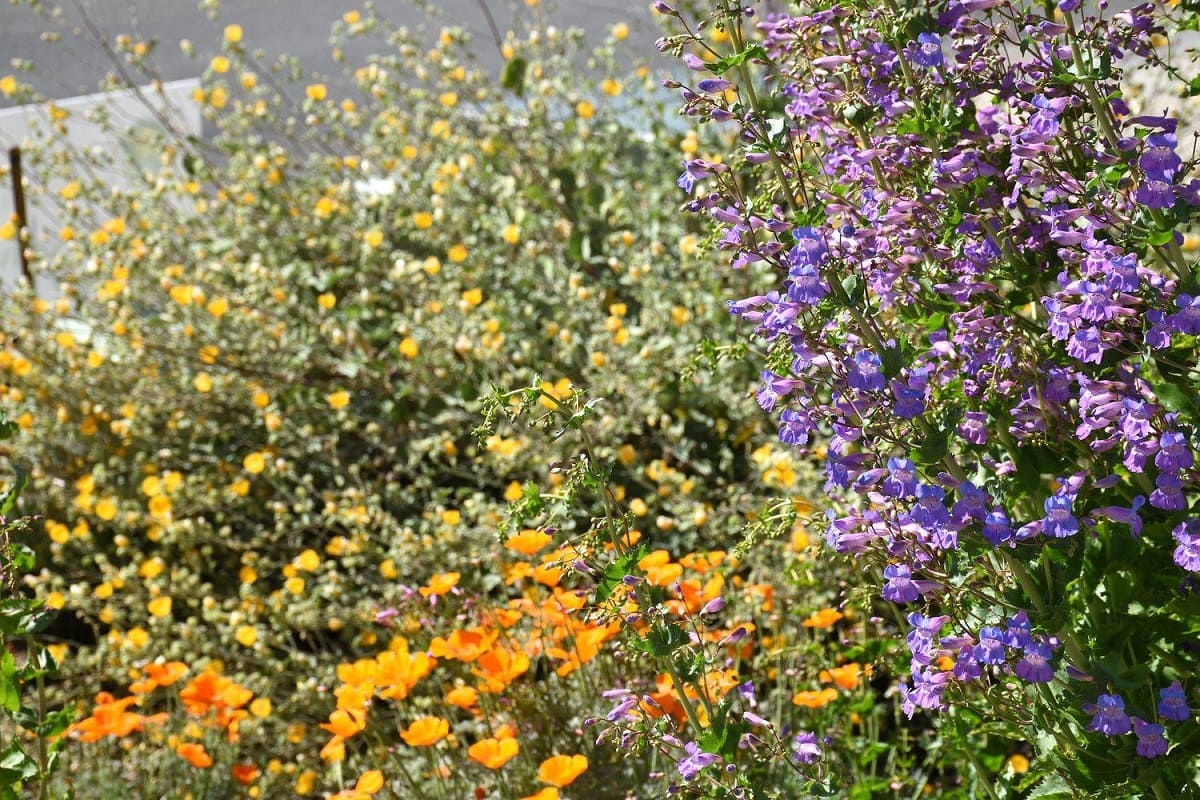
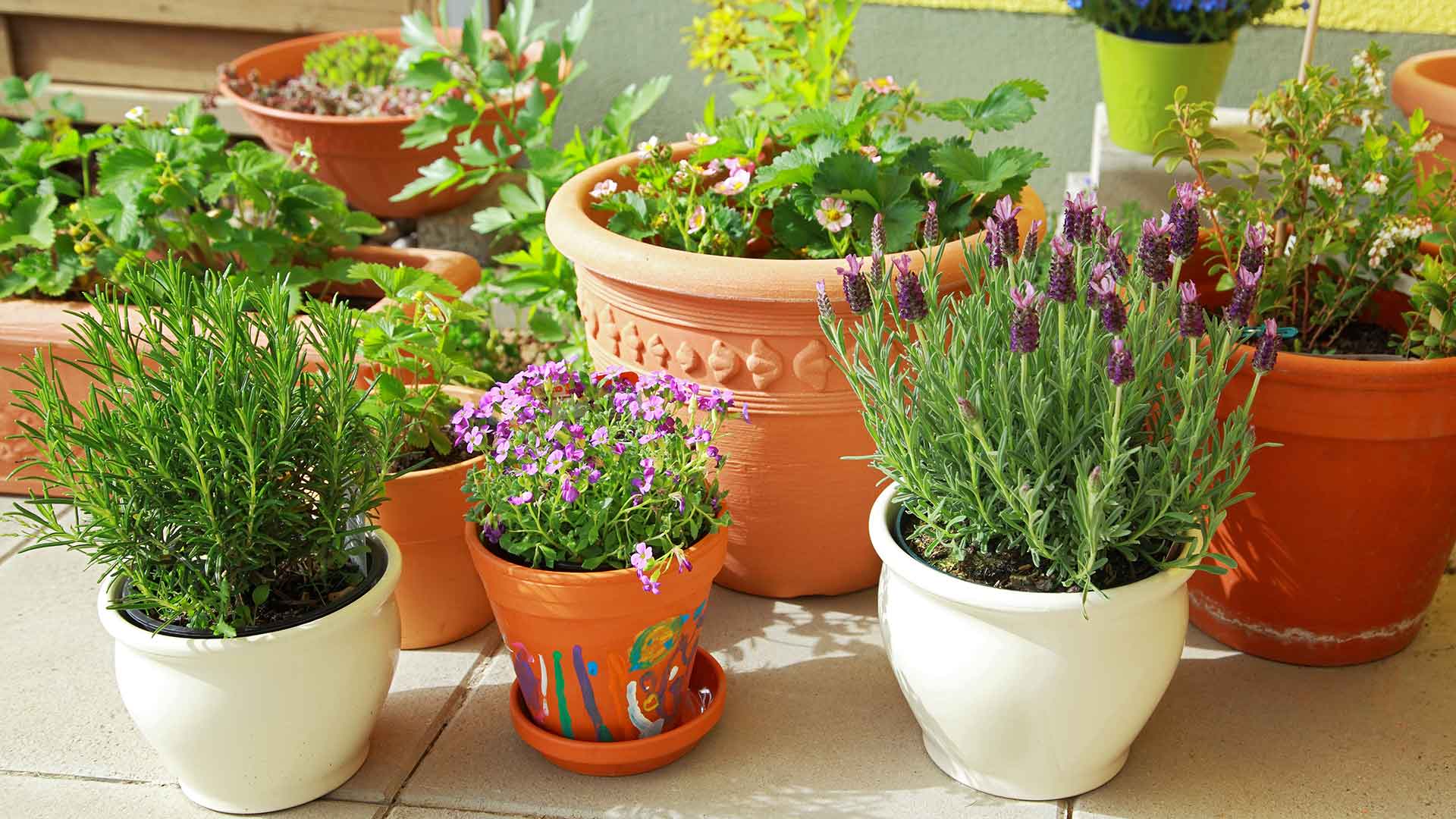
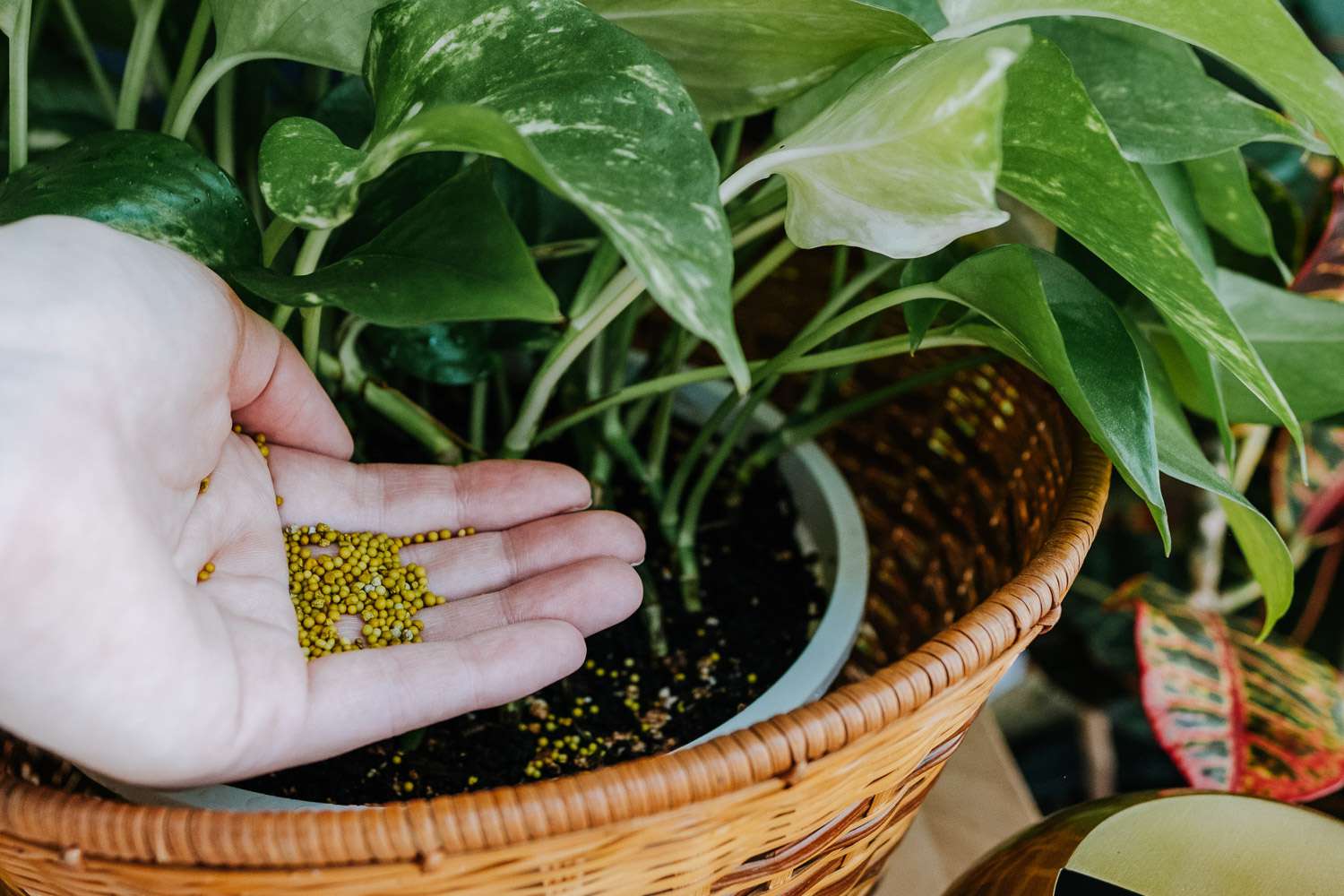
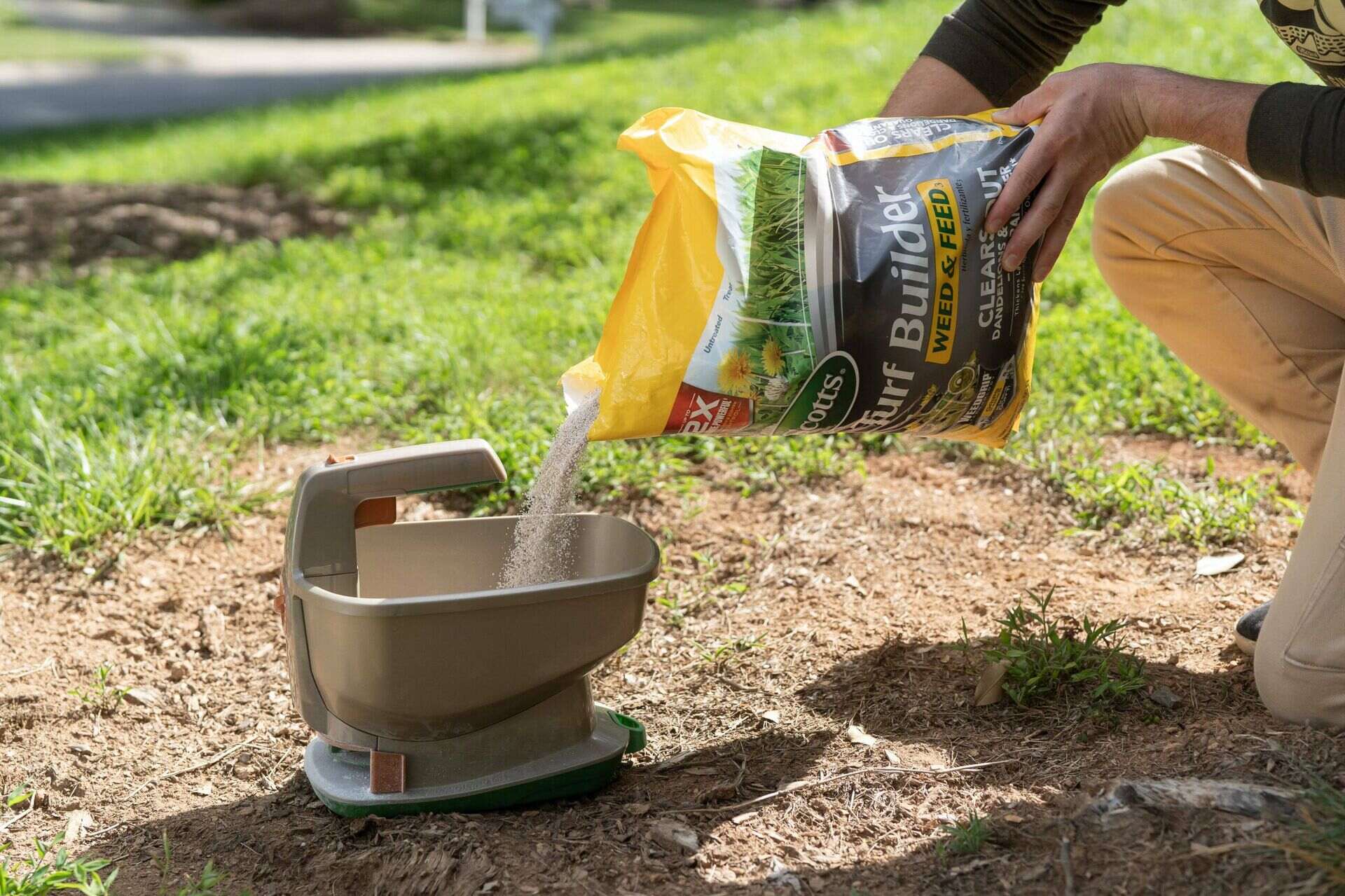
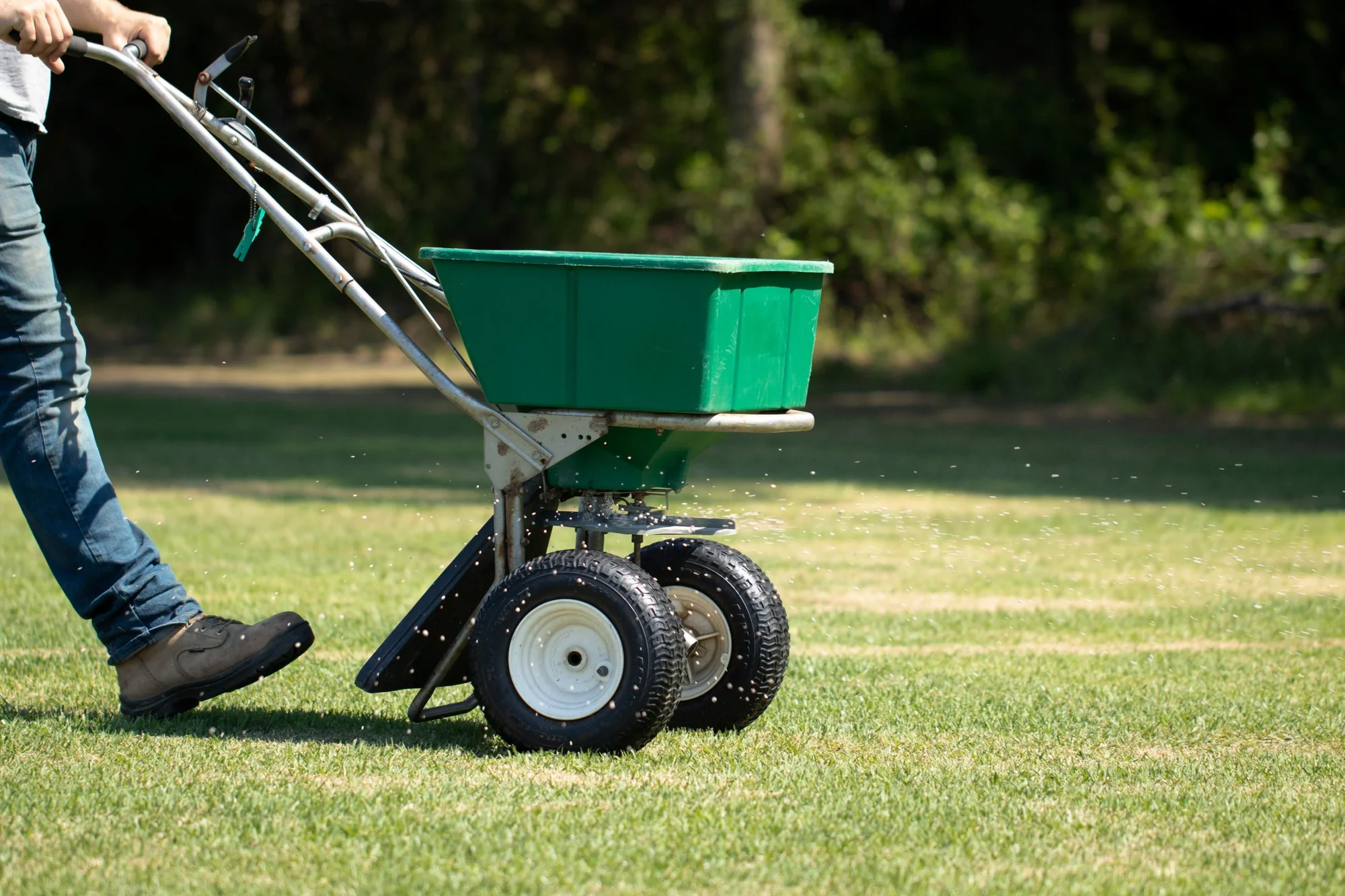
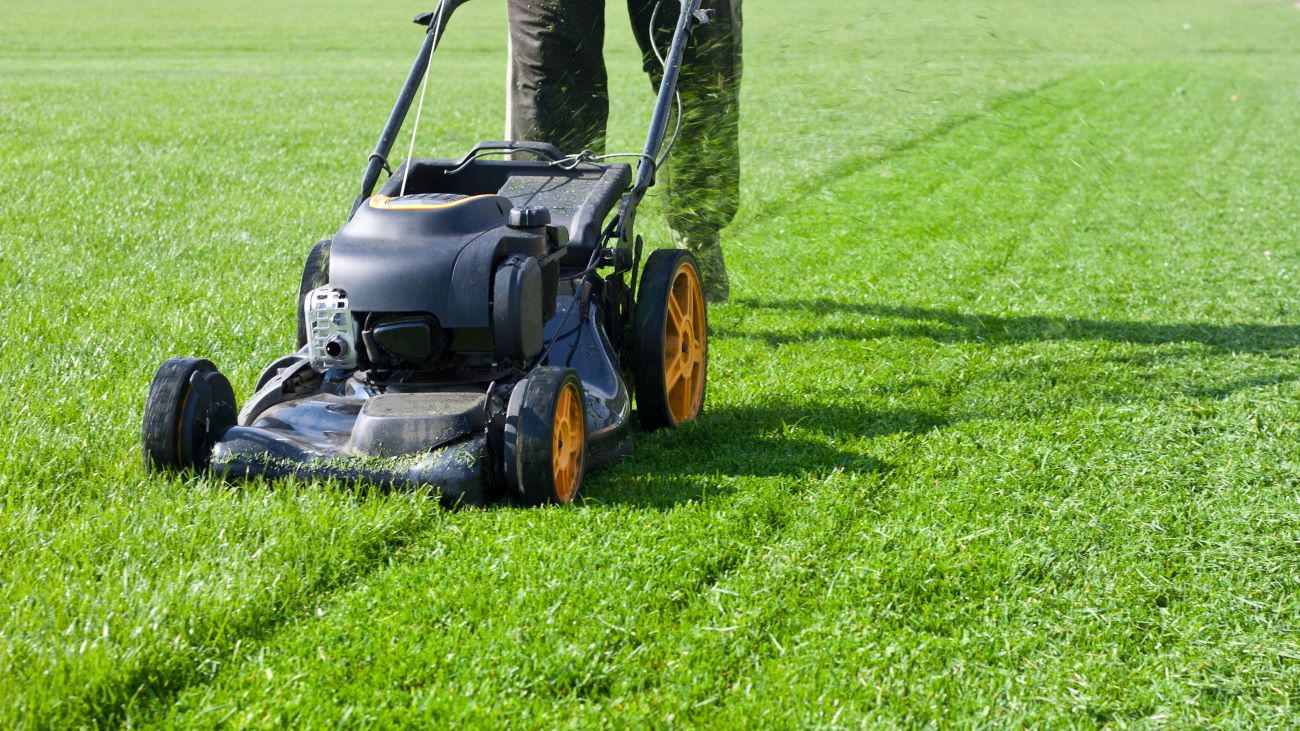
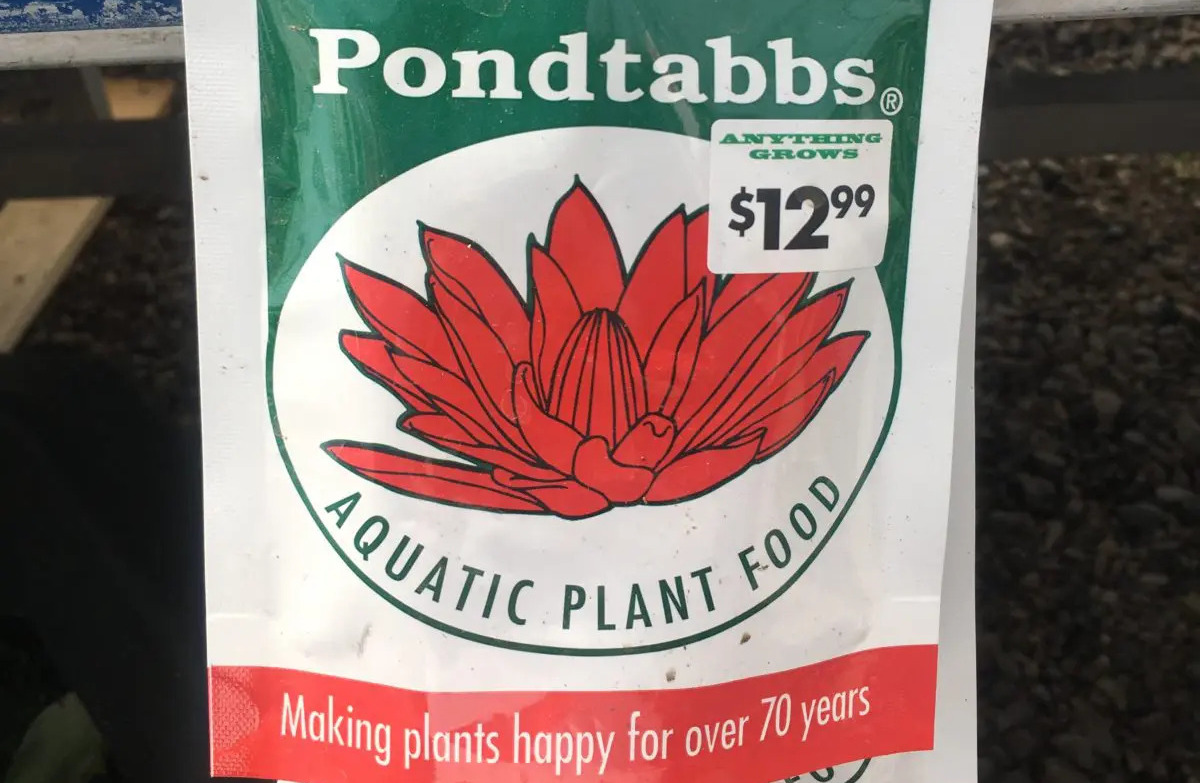

0 thoughts on “When To Fertilize Outdoor Plants”